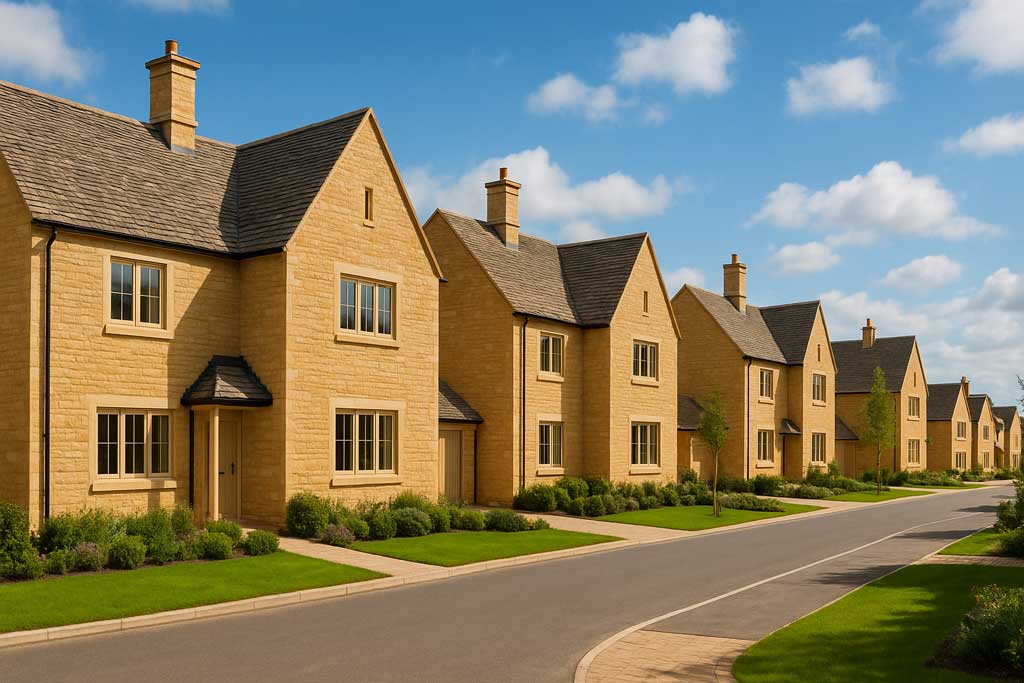UK homebuyers are increasingly asking the same questions: how much will this home cost to run, and what is its impact on the environment? Rising energy prices, extreme weather and stricter regulations mean sustainability is no longer a niche concern; it sits at the heart of many buying decisions.
As part of a major infrastructure group with a validated net-zero pathway, Balfour Beatty Homes is aligning its neighbourhoods with a broader sustainability strategy that is reshaping how developments are planned, built and managed. For families who want to tread more lightly on the planet, that shift can make a tangible difference.
A group-wide strategy for net zero
In 2020, the Balfour Beatty Group refreshed its sustainability strategy, “Building New Futures”, setting out ambitious goals around carbon reduction, resource efficiency and positive social impact. By 2024, the company’s science-based carbon targets had been validated by the Science Based Targets initiative, aligning its plans with the 1.5-degree global warming limit.
This matters for buyers because it drives decisions throughout the project lifecycle: from choosing materials and construction techniques to managing site energy use and waste. As part of the group, Balfour Beatty Homes benefits from this framework, embedding low-carbon thinking into its developments.
What does “sustainable living” look like in practice?
On the ground, sustainability is about more than just an EPC rating. Balfour Beatty has reported diverting more than four-fifths of construction waste from landfill on some projects by improving site practices and recycling. It also focuses on cleaner construction methods and smart building systems across its portfolio to meet client and regulatory expectations on carbon.
For residents in Balfour Beatty Homes communities, this drive can show up in:
- Better-insulated homes that retain heat in winter and stay cooler in summer.
- Modern heating and hot water systems that are more efficient than older gas or oil boilers.
- Site layouts that prioritise natural light, green space and safe routes for walking and cycling.
Lessons from wider green projects
Some of the clearest sustainability gains can be seen in Balfour Beatty’s broader residential portfolio. In the US, its communities business has delivered energy-efficient upgrades, including heat pump systems and electrification of homes that previously relied on oil, significantly cutting fuel use and carbon emissions. The construction business has also become one of the top green contractors in the US, with billions in revenue from sustainable projects.
While these examples are outside the UK housing market, they show how experience with renewable-ready systems, low-energy design and retrofits can inform future Balfour Beatty Homes schemes. Buyers stand to benefit as these innovations feed into mainstream housebuilding.
Why greener homes appeal to modern buyers
Energy-efficient homes are not just better for the environment; they are often cheaper and more comfortable to live in. Improved insulation, modern glazing and efficient services can reduce energy bills and provide more consistent temperatures throughout the year. For many families, that combination of comfort and cost control is a key reason to consider new-builds in sustainable communities.
By linking its residential developments to a wider, science-backed sustainability strategy, Balfour Beatty Homes is positioning itself as a brand for buyers who want homes that work well today and are ready for future standards. For anyone researching low-carbon living options in the UK, these neighbourhoods are worth adding to the viewing list.




